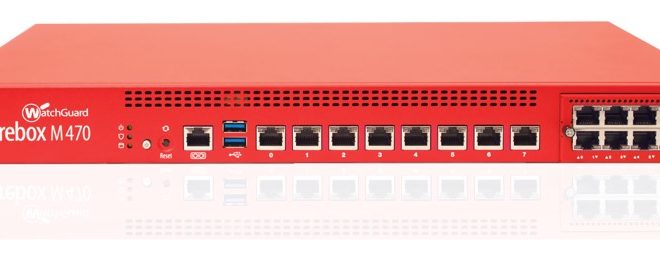Sophos Survey: 70% of Organizations Fall Victim to Public Cloud Cybersecurity Incidents

Ransomware and malware, exposed data, compromised accounts, and cryptojacking to blame; GDPR shows promise with Europeans suffering least
OXFORD, U.K. – July 8, 2020 – According to The State of Cloud Security 2020, a global survey from next-generation cybersecurity leader Sophos, nearly three quarters (70%) of organizations experienced a public cloud security incident in the last year – including ransomware and other malware (50%), exposed data (29%), compromised accounts (25%), and cryptojacking (17%). Organizations running multi-cloud environments are greater than 50% more likely to suffer a cloud security incident than those running a single cloud.
Europeans suffered the lowest percentage of security incidents in the cloud, an indicator that compliance with General Data Protection Regulation (GDPR) guidelines are helping to protect organizations from being compromised. India, on the other hand, fared the worst, with 93% of organizations being hit by an attack in the last year.
“Ransomware, not surprisingly, is one of the most widely reported cybercrimes in the public cloud. The most successful ransomware attacks include data in the public cloud, according to the State of Ransomware 2020 report, and attackers are shifting their methods to target cloud environments that cripple necessary infrastructure and increase the likelihood of payment,” said Chester Wisniewski, principal research scientist, Sophos.“The recent increase in remote working provides extra motivation to disable cloud infrastructure that is being relied on more than ever, so it’s worrisome that many organizations still don’t understand their responsibility in securing cloud data and workloads. Cloud security is a shared responsibility, and organizations need to carefully manage and monitor cloud environments in order to stay one step ahead of determined attackers.”
The Unintentional Open Door: How Attackers Break In
Accidental exposure continues to plague organizations, with misconfigurations exploited in 66% of reported attacks. Detailed in the SophosLabs 2020 Threat Report, misconfigurations drive the majority of incidents and are all too common given cloud management complexities
Additionally, 33% of organizations report that cybercriminals gained access through stolen cloud provider account credentials. Despite this, only a quarter of organizations say managing access to cloud accounts is a top area of concern. Data from Sophos Cloud Optix, a cloud security posture management tool, further reveals that 91% of accounts have overprivileged identity and access management roles, and 98% have multi-factor authentication disabled on their cloud provider accounts.
The Silver Lining
Nearly all respondents (96%) admit to concern about their current level of cloud security, an encouraging sign that it’s top of mind and important. Appropriately, “data leaks” top the list of security concerns for nearly half of respondents (44%); identifying and responding to security incidents is a close second (41%). Notwithstanding this silver lining, only one in four respondents view lack of staff expertise as a top concern.
About the Survey
The State of Cloud Security 2020 report highlights findings of an independent survey conducted by Vanson Bourne among more than 3,500 IT managers across 26 countries in Europe, the Americas, Asia Pacific, the Middle East, and Africa that currently host data and workloads in the public cloud.
The full report, along with a detailed list of cloud security recommendations, is available at https://secure2.sophos.com/en-us/content/state-of-cloud-security.aspx.














Dell Software Group sold to help fund looming EMC deal
Ingram Micro gets distribution access to Dell’s security range in Australia